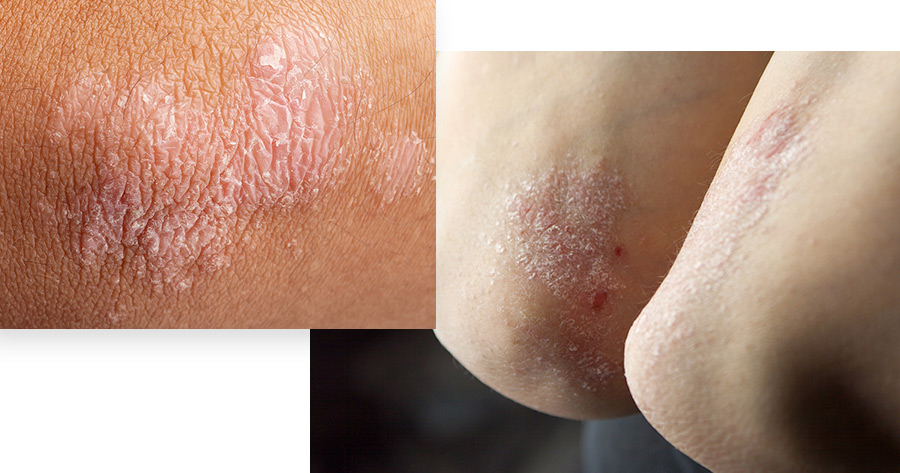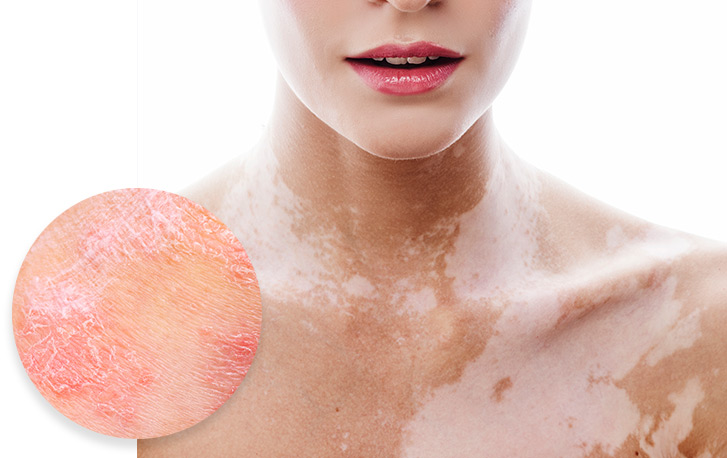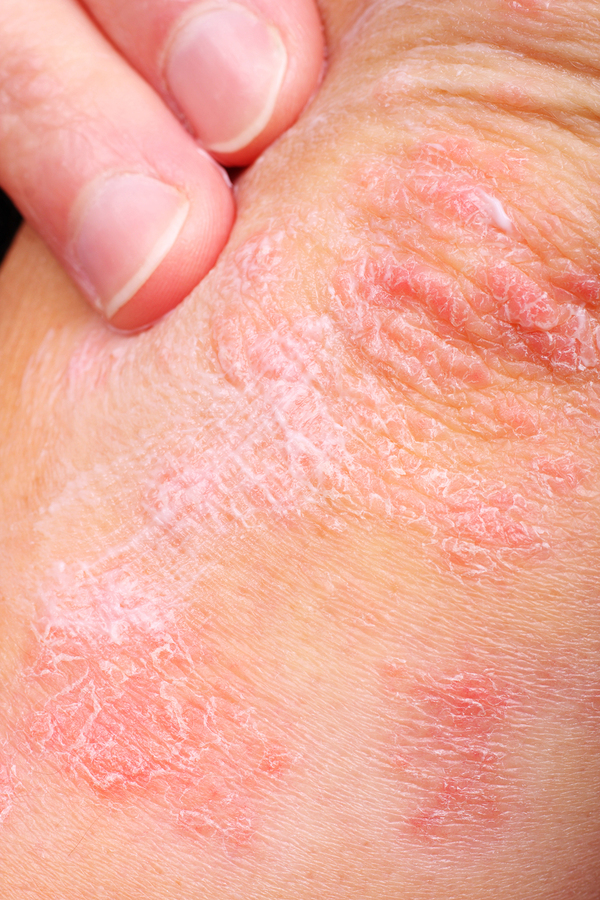The XTRAC laser, short for Excimer Laser, is a cutting-edge medical device that has revolutionized the field of dermatology.
This advanced technology utilizes targeted ultraviolet light to treat various skin conditions, including psoriasis and vitiligo.
Unlike broad-spectrum UV light, which can damage affected and healthy skin, the XTRAC laser emits a narrow, focused beam that sets it apart from traditional laser therapy methods.
Here, we will delve into the capabilities, benefits, and significance of the XTRAC laser in treating psoriasis and vitiligo. Continue reading to learn more.
The main benefits of the XTRAC laser include:
Psoriasis is a chronic autoimmune skin condition characterized by the rapid buildup of skin cells, forming red, scaly patches on the skin’s surface. It affects millions worldwide and often causes discomfort, itching, and pain. The exact cause is complex, involving genetic factors and immune system dysfunction.
While various treatment options are available for psoriasis, including topical and oral medications, the XTRAC laser is an innovative option to help reduce symptoms.
The XTRAC laser uses targeted ultraviolet B (UVB) light at a specific wavelength (308 nanometers) to address affected areas, minimizing exposure to healthy skin.
Targeted phototherapy ensures accuracy and reduces overall UV exposure, which is especially vital in psoriasis treatment, where excess UV radiation can lead to further skin damage.
XTRAC laser therapy provides extensive relief for psoriasis symptoms, including itching, redness, and scaling, improving patients’ quality of life.
Compared to other treatment options, such as topical treatments, systemic medications, broad-spectrum UVB light therapy, and biologic medications, XTRAC laser therapy is a versatile and efficient choice for patients with localized or treatment-resistant psoriasis.

Vitiligo, a skin disorder affecting individuals worldwide, is characterized by the loss of pigment in patches, resulting in white or depigmented skin surface areas. This condition stems from an autoimmune response that targets melanocytes, the cells responsible for producing skin pigment.
XTRAC laser plays a pivotal role in vitiligo treatment by precisely targeting affected areas with a 308-nanometer wavelength of UVB light. This targeted approach stimulates melanin production within these areas, which is crucial for pigment restoration. By promoting melanin synthesis, XTRAC laser therapy aids in repigmenting the skin, effectively reversing the depigmentation process.
Compared to other treatment options for vitiligo, such as topical corticosteroids or phototherapy, XTRAC laser therapy offers the advantage of precision and efficiency, making it an effective choice for localized vitiligo management.

While the XTRAC laser has gained recognition primarily for its effectiveness in treating psoriasis and vitiligo, its versatility extends beyond these two skin conditions.
This advanced medical device has shown promise in addressing a spectrum of dermatological issues.
XTRAC laser therapy has effectively treated atopic dermatitis, a chronic skin condition characterized by redness, itching, and inflammation. It provides targeted phototherapy to alleviate its symptoms, offering relief to those who may not have found success with traditional treatments.
Furthermore, XTRAC laser therapy has shown promise in managing eczema, another common skin disorder characterized by itchy, inflamed skin. Delivering precise UVB light to affected areas can help reduce inflammation and improve the skin’s appearance.
XTRAC laser therapy has also been explored as a potential treatment for alopecia areata, an autoimmune condition that leads to random and sporadic hair loss. Although more research is needed, early studies suggest that XTRAC laser therapy may help stimulate hair regrowth in some individuals with alopecia areata.

XTRAC laser therapy is generally considered safe. However, like any medical procedure, there are potential side effects and safety considerations.
XTRAC laser therapy should only be performed by trained and experienced dermatologists. Patients should undergo a thorough evaluation and consultation before starting treatment to ensure it is suitable for their specific condition.
During the procedure, the patient and the dermatologist should wear protective eyewear to shield the eyes from UVB light exposure.
Patients should disclose any medical conditions, medications, or skin sensitivities before treatment.
The length and frequency of XTRAC laser therapy sessions can vary depending on the specific skin condition being treated and individual patient needs.
XTRAC laser therapy sessions are typically relatively short, often lasting just a few minutes.
Treatment sessions can also vary but are usually scheduled two to three times per week. Sometimes, sessions may be more frequent, mainly when targeting localized areas.
The total number of sessions required varies based on the condition, the patient’s response to treatment, and the individual treatment plan developed by the dermatologist. For psoriasis and vitiligo, it can range from a few sessions to multiple weeks of treatment.
After achieving improvement or remission of symptoms, patients may continue with periodic maintenance sessions to prevent relapse or manage flare-ups.
Consistency in attending scheduled sessions is essential for the effectiveness of XTRAC laser therapy. Missing sessions or irregular treatment schedules may impact the outcome.
Patients should follow their dermatologist’s recommendations and attend all scheduled sessions to maximize the long-term benefits of XTRAC laser therapy.

At Advanced Dermatology, PC, we cater to patients who suffer from vitiligo, psoriasis, and other autoimmune skin-related disorders that alter the life cycle of skin cells and cause irregularities on the skin’s surface. Reviewing before and after XTRAC Laser treatment results can provide valuable insight into the effectiveness of our treatments.
We feature highly trained and experienced dermatologists with access to the latest, most advanced equipment.

With 40+ locations conveniently located in NYC, Westchester, Long Island, New Jersey, and Connecticut, a top-rated dermatologist is just around the corner.
Click below to find the office nearest you!
Receive skincare tips, news and special offers!